Table of Contents
War on Dog – any pet owner will find cancerous warts on dogs quite scary. Although the majority of skin growths are not dangerous, they might be potential signs of severe health-related issues, such as cancer. Your dog will need early diagnosis and treatment to be healthier and more comfortable.

This guide will show you how to recognize, treat and manage cancerous warts in dogs as well as pictures and vet-approved information.
What Are Dogs Cancerous Warts?
Warts can be little raised growth of skin usually brought about by a virus. In dogs the growths can occur anywhere on the body. Even though they are mostly harmless (non-cancerous), cancerous warts are affected cells that may transfer, increase, or harm in some other awful way.
They normally present themselves in the following forms:
- Bleeding lumps that are irregular.
- Nodules that grow fast.
- Moist ulcerated or crusted lesions.
- Dark spots or stains Dark spots or stains.
Signs & Symptoms to Look Out
Not all warts turn out to be dangerous but the following could tell you that they are cancerous:
- Rapid growth
- Oozing or bleeding
- Hurt or tenderness on a tickle.
- Alteration of colour or texture.
- Offensive odour of the growths.
- It is always licked or scratched by the dog.
- Fatigue or a lack of appetite (severe case).
When you see one of these, then have it checked out by the veterinarian as soon as possible.
The Typical Causes of Cancers Warts
Cancerous warts may result because of:
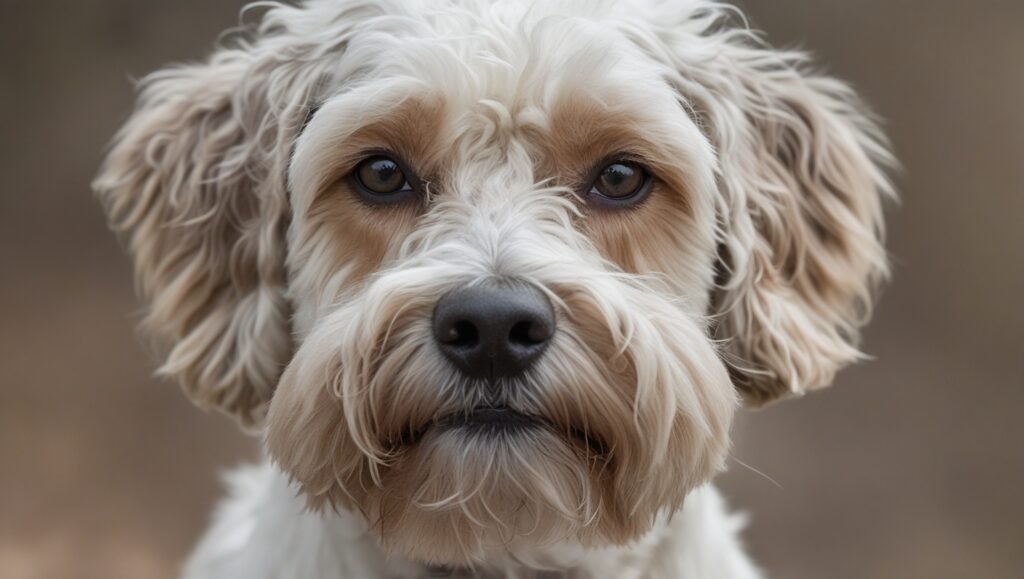
- Age: Skin cancers tend to develop in older dogs.
- Genetics: An example Boxers, Cocker Spaniels, and Poodles are more susceptible to some of the breeds.
- Sunlight exposure: Dogs with either light or short fur have an increased risk.
- Viral infections: Warts can be caused by papillomavirus which in most cases turns cancerous.
Cancerous Skin Growths Varieties in Dogs
Malignant skin growth has several types in the dog:
Squamous Cell Carcinoma
- They are located in places that get sunlight.
- May appear as a crusted bump or an ulcerating bump.
Melanoma
- Often brown, or dark, occur in the back of the throat or upon the skin.
- Hostile and contagious.
Mast Cell tumors
- Currently, more than ten million dogs all over the planet Earth are being affected with skin cancer.
- May occur at any point, may become swollen or may bleed.
Diagnosis: What Time to go to a Vet
Consult with a vet in case you suspect that the wart has cancer in it:
- Fine needle aspiration (FNA): To get cells to undergo testing
- Biopsy: Inside a laboratory, part of the total wart is taken out or the whole and the wart is tested.
- Blood tests, or imaging: To determine whether cancer has spread
Do not attempt to treat and/or remove a warp at home without veterinary medicine.
Cancer Warts Treatment Options
Surgical Removal
Most warts that cause cancer are removed through operation under anaesthesia. This is the most suitable when it comes to swift-growing or painting growths.
Cryotherapy
Freezing cripple warts. Ideal to be used on early-stage tumours or superficial ones.
either Radiation or Chemotherapy
Applied when there is spread of the cancer or where surgery would not suffice.
Medications
Topical medications or medications taken at the mouth may also be prescribed in a given case in order to handle the condition.
Is Warts in Dogs Preventable?
Not all of the warts can be prevented, but the following few can:
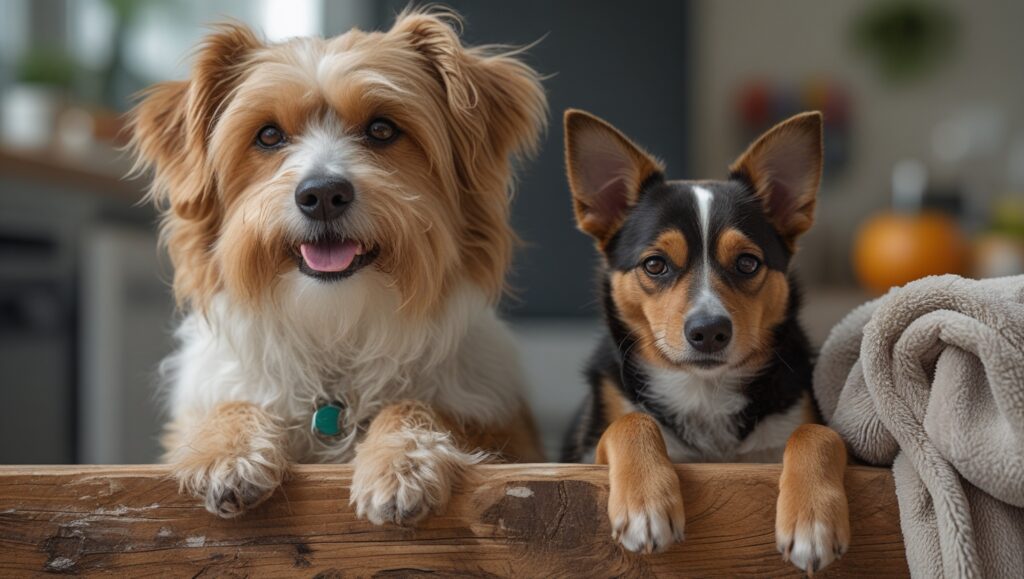
- Restrict sunbathing, and in particular, sunlight in light-coated dogs.
- Diet: have a healthy diet to strengthen immunity.
- Vet checkups Regular vet checkups.
- Do not touch infected dogs.
- Maintain a dog, clean, trimmed.
When is a Wart Bad?
A wart is dangerous in case:
- It increases very fast.
- It bleeds out or it becomes infected.
- It puts your dog in pain.
- It varies in shape or colour.
- It interferes with the eating, walking or playing capacity of your dog.
These signs should not wait; rush to any veterinary assistance in case you see one of them.
At-home Care Advice
Although you are not supposed to treat cancerous warts with the help of home remedies, you can:
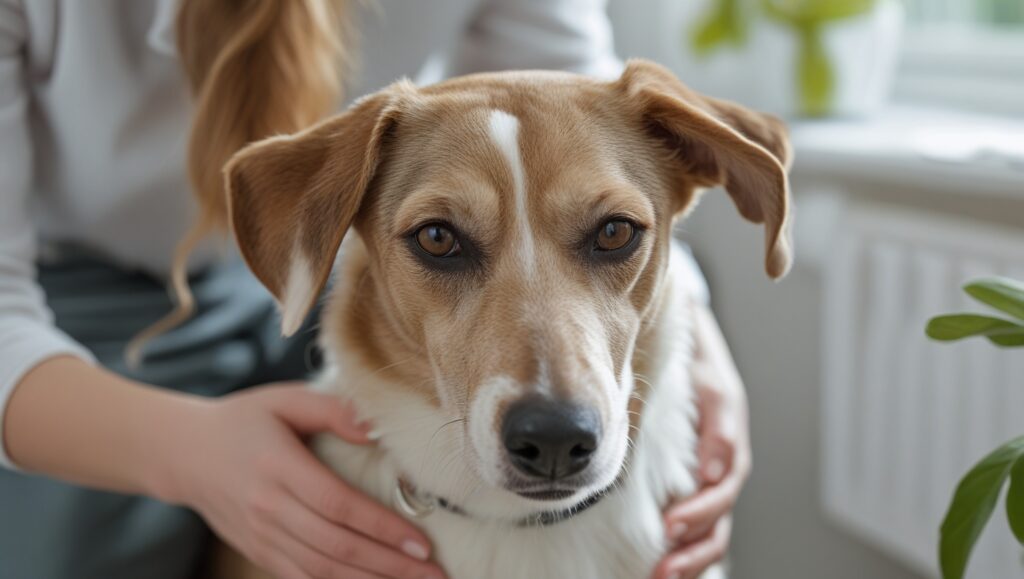
- Maintain the surfaces to be clean and dry.
- Prevent your dog from licking or scratching it.
- E-collar in the event of a need.
- So that you can follow through post-operation instructions that are not recommended by your vet.
- Capture photos of the wart and follow its size and appearance.
Do Dogs have Pain in Cancerous Warts?
Are cancerous warts painful? Of course, they may be very painful, particularly when the warts are inflamed, or bleeding, or infected. The affected dogs can exhibit discomfort by limping, licking or avoiding touch and making sounds of whining. Another significant sign is pain, which determines that veterinary treatment should be offered as soon as possible.
How to know whether your wart is cancerous or not?
It is not always simple to differentiate a non-cancerous and a malignant wart. The next are symptoms, which may lead to understanding of the presence of cancer:
- Asymmetrical shape
- Irregular borders
- Quick increase in days/weeks
- The presence of several colors (red, black, white)
- Ulceration or haemorrhage
- Hard Everlasting Lump
Cancer cannot be confirmed but through a biopsy and therefore appearance should not be used as a confirmation.
What are the breeds of Dogs prone to development of cancerous warts?
Dog breeds in general are more prone to skin cancerous growths, such as warts. Such breeds are:
- Boxers
- Labrador Retrievers
- Golden Retrievers
- Cocker Spaniels
- Dalmatians
- Poodles
Dogs of such breeds as the mentioned above must have skin check-ups on a regular basis.
Conclusion
Dogs are afflicted by cancerous warts on dogs and this is a serious issue, which can be treated when identified in time. Be in the habit of checking any new or changing skin growths and pay your vet a visit in case you notice something off in them. You are the support of your dog and you need to know that your pet is healthy and comfortable enough.
Are every dog wart cancerous?
No. The majority of dog warts are harmless. However, the abrupt shifts in appearance, growth, or behaviour near a wart should be examined by a vet.
How fast does cancerous wart grow?
The tumours of cancer may mature very quickly – maybe in days or weeks. It is important to track the changes.
Are there home remedies for dog warts?
There should never be the application of home remedies for suspicious warts. Some therapies might increase the condition. One should consult a vet.
Are cancerous warts in dogs contagious?
No, cancerous warts are not contagious. Nonetheless, papillomavirus infection can transmit viral warts between dogs.

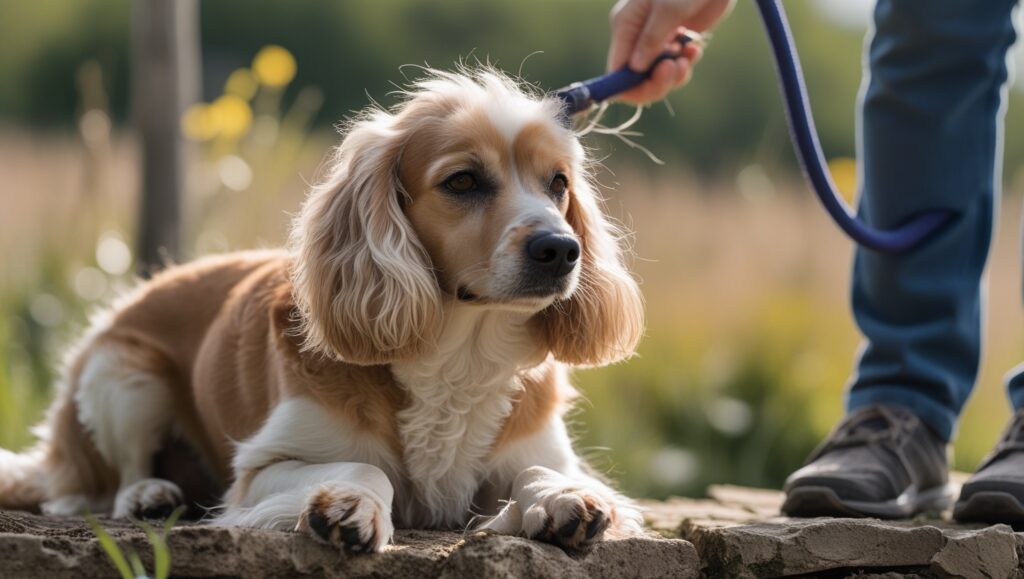
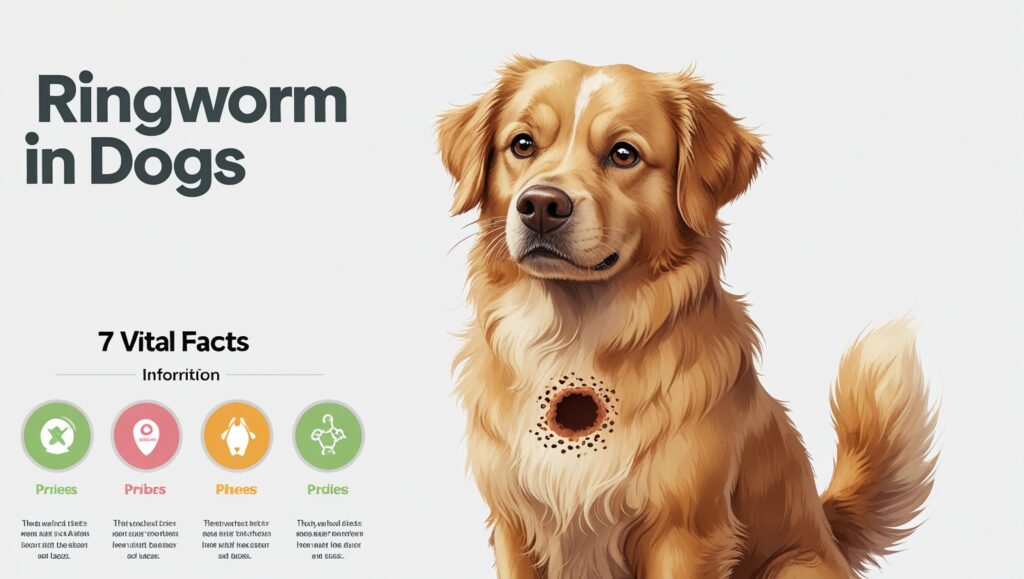
Pingback: 7 Common Reasons for Dog Itchy Ears and How to Treat Them Naturally